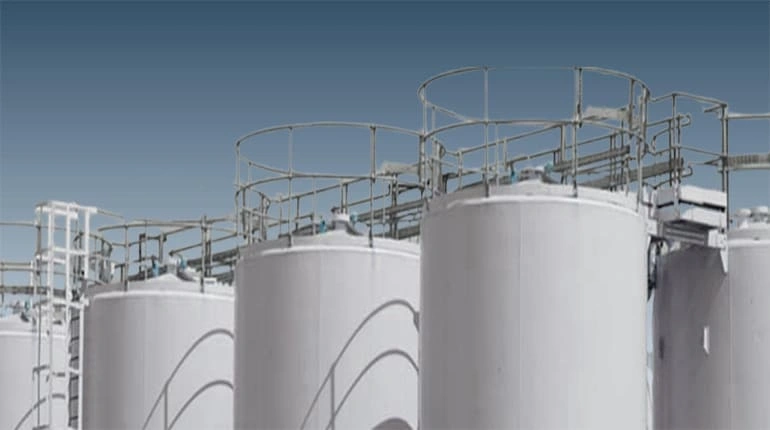
Plant directors love these exchangers due to the various advantages recorded above, however they've gotten progressively well-known as of late explicitly in view of their immense versatility and effectiveness. For example, in the tank terminal industry, shell and tube exchangers are being used considerably more frequently in view of their capacity to increase operational adaptability, and because of the manner in which they add to generally speaking plant productivity.
The working of a shell and tube heat exchanger is genuinely basic. One liquid flows inside the tubes and the other through the shell. While flowing they exchange the heats which means the cool liquid acquires the heat from the hot liquid. So one cold liquid enters the shell (or tube side or channel side) inlet nozzle and emerges from the power source spout as hot liquid. Clearly, the other liquid will get cold in the power source than in the gulf. The heat transfer in a shell and tube heat exchanger is controlled by the uncovered surface region that is chosen by the quantity of thermally conductive metal tubes. The liquid flow inside the shell and tube heat exchanger can be parallel flow or cross flow.
The both inlet and outlet nozzle in the front header of the channel side. That means this exchanger comprises of significantly number of tube passes. Be that as it may, there can be odd number of tube passes. On that circumstance, the channel side outlet spout will be on the understood header. Increasing the quantity of cylinder passes increase the heat transfer co-productive. To increase the liquid disturbance in the tube and shell side stream, turbulator and bewilders are introduced inside tubes and shells individually. This increase the heat transfer between the liquids.
Ordinarily a Shell and Tube Heat Exchanger comprises of two-compartment/area one is shell side and other is channel/tube side Shell side segment comprises of the following components: Shell, Cover, Body Flange, Nozzles, Saddle support. Channel/Tube side area comprises of the following segments: Channel, Cover, Body Flange, Nozzles, Tube Sheet and Tubes (Tube Bundle)
Though shell and tube heat exchangers are not ideal with regards to heating entire storage tanks at the same time, they do have a wide variety of advantages, including:
These heat exchangers can change the temperature of materials productively, utilizing insignificant energy to heat or cool substances.
The shell and tube design can be utilized to heat and cool different materials in a variety of industries. They can likewise be used for a variety of capacities too.
It's generally simple to take this style of heat exchanger separated, which can improve on customary support just as fixes, when and if they are vital.
Shell and tube heat exchangers can be generally compact in size and they don't occupy space in storage tanks, which means that they are an incredible solution when space is restricted.






